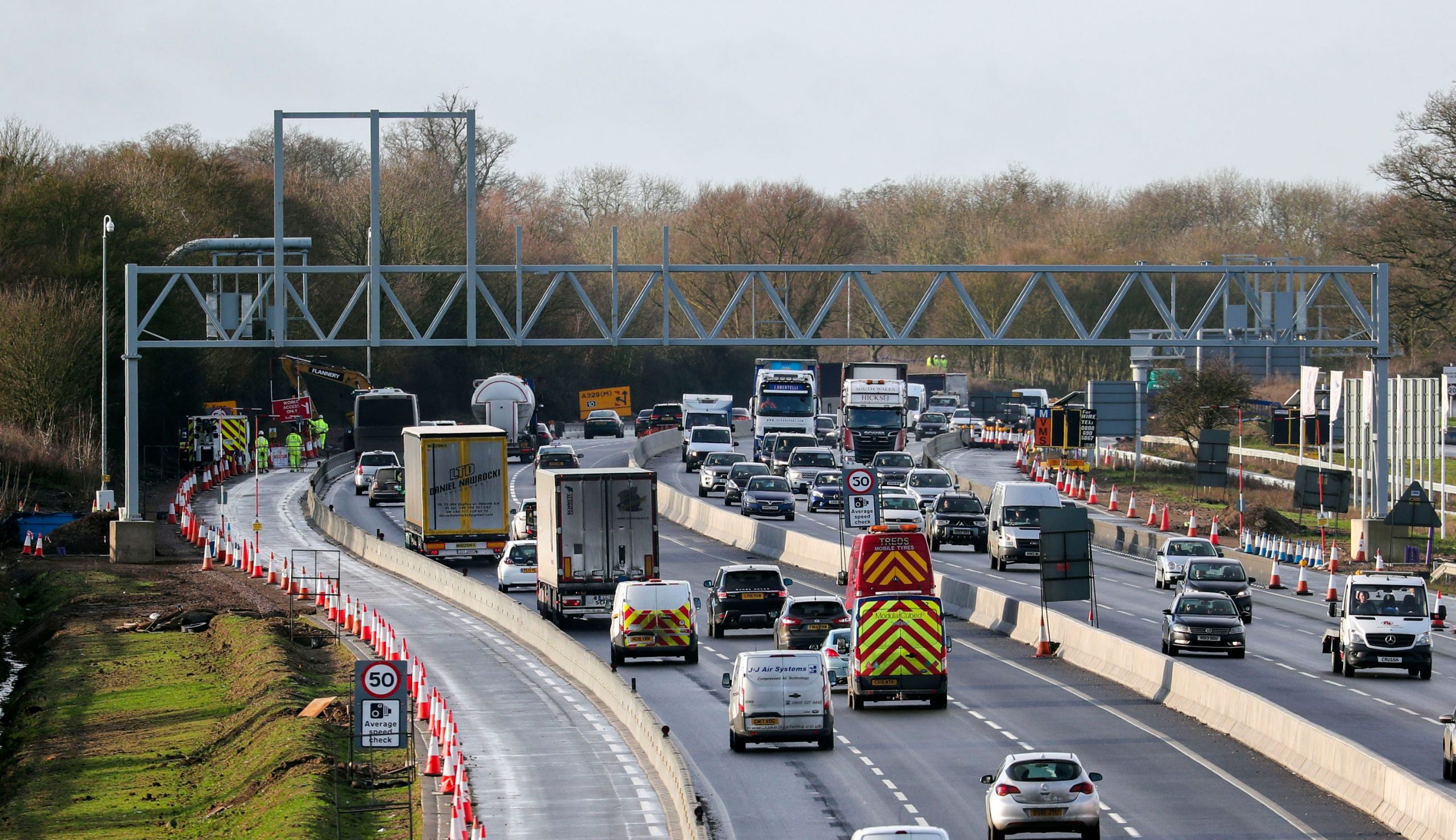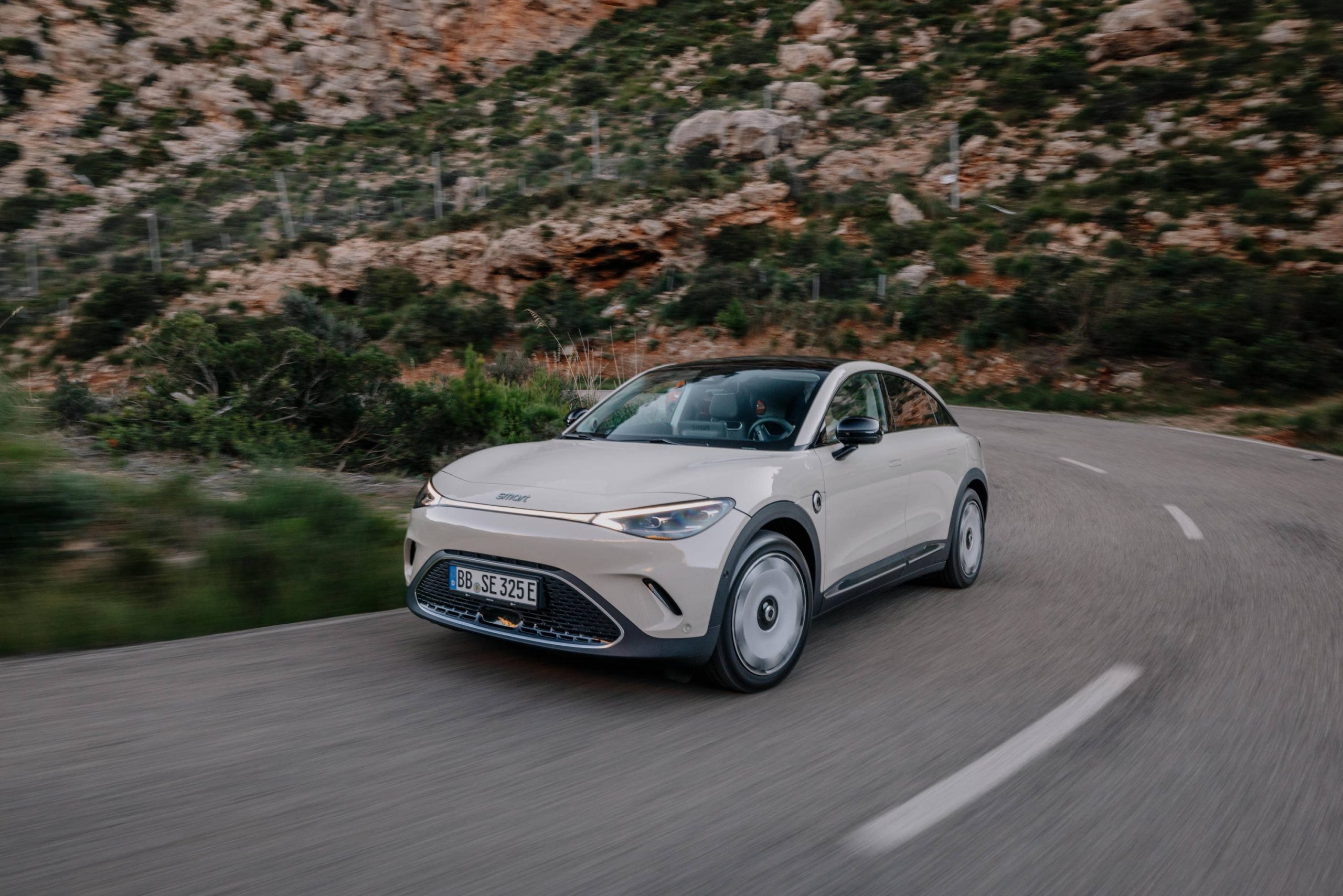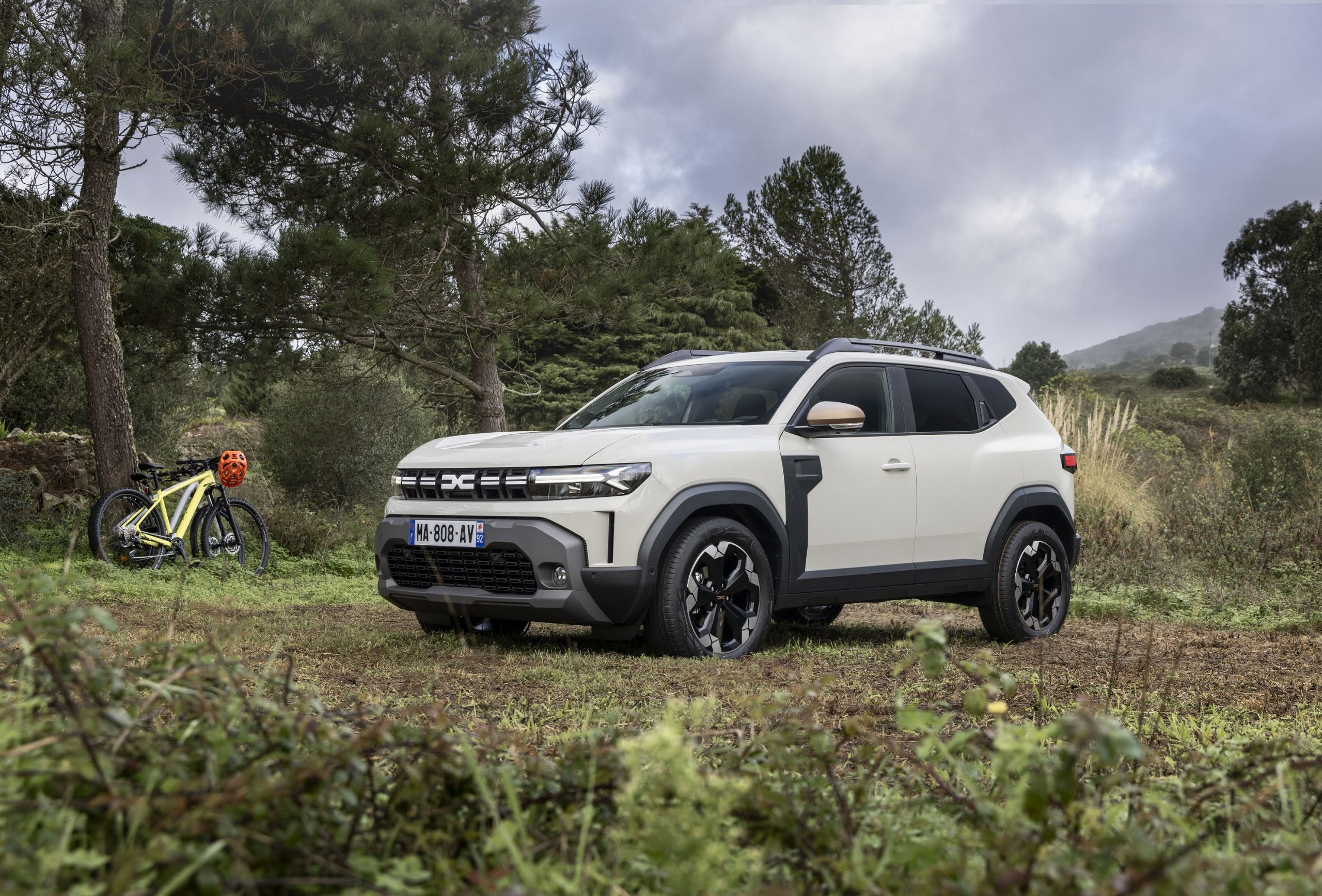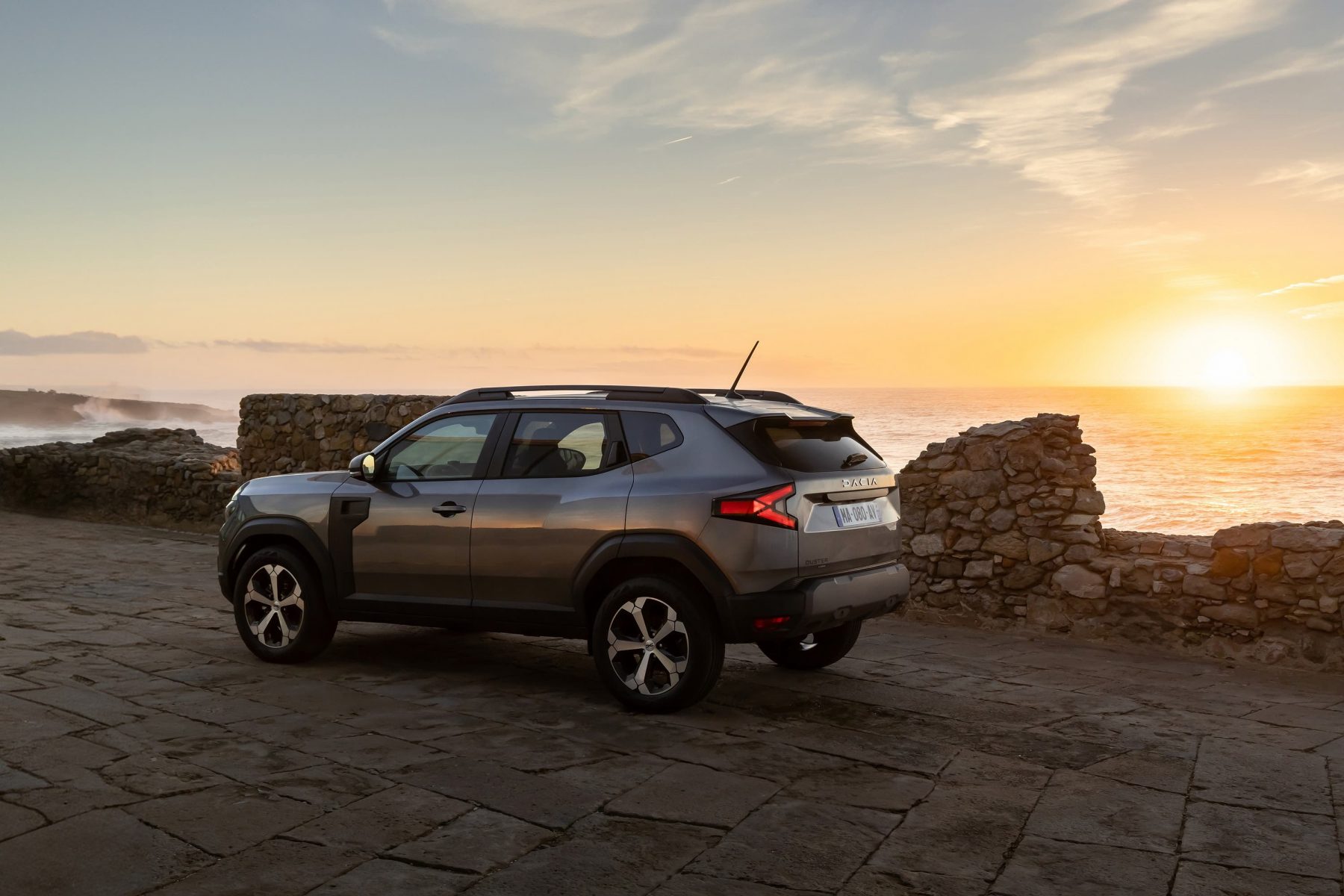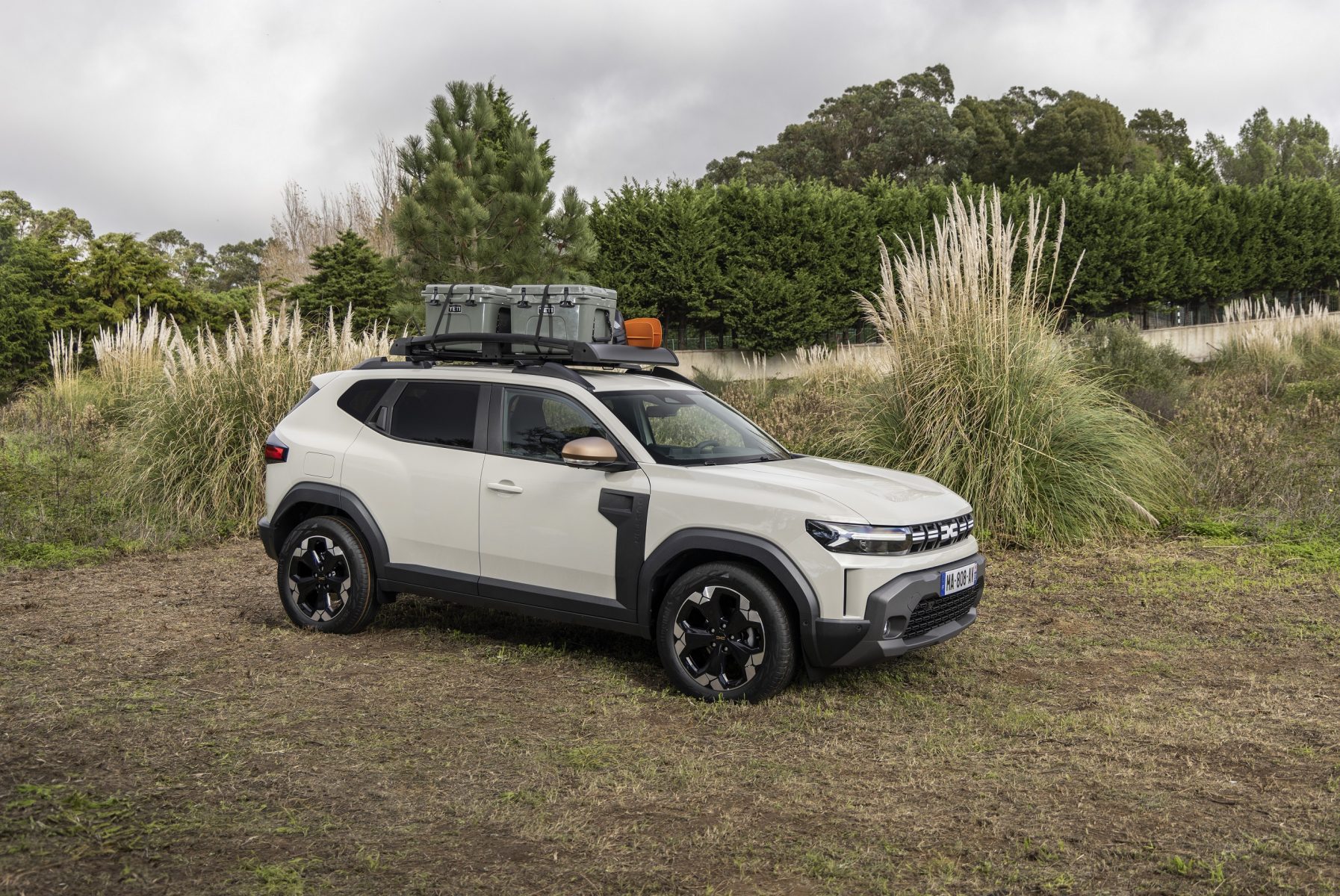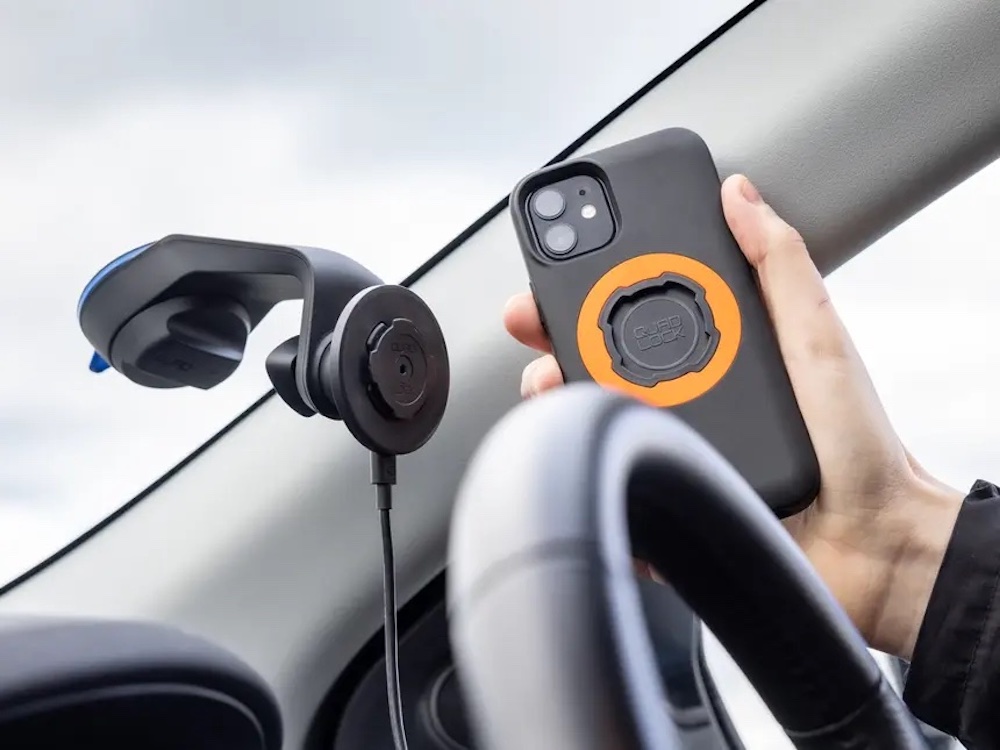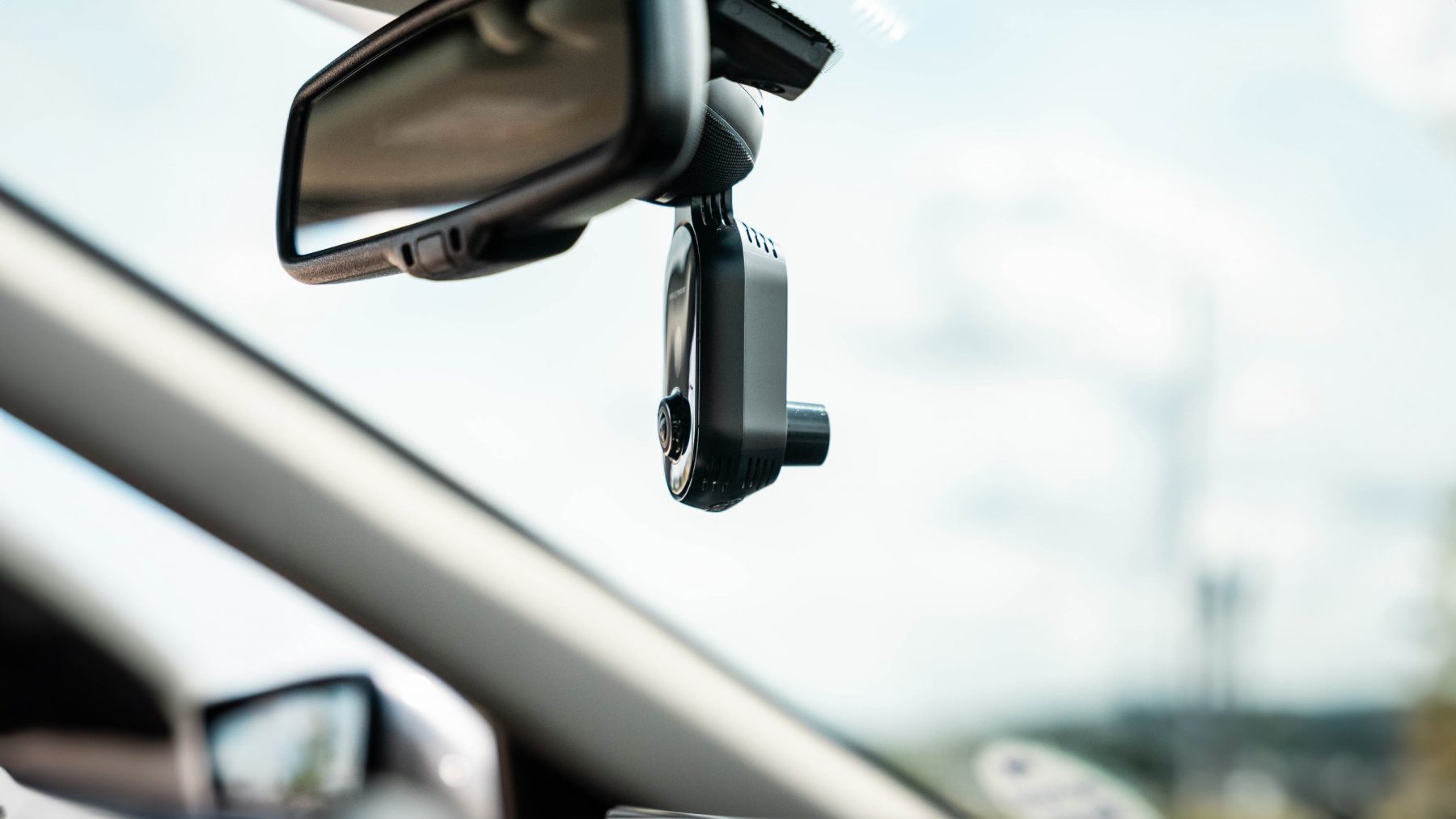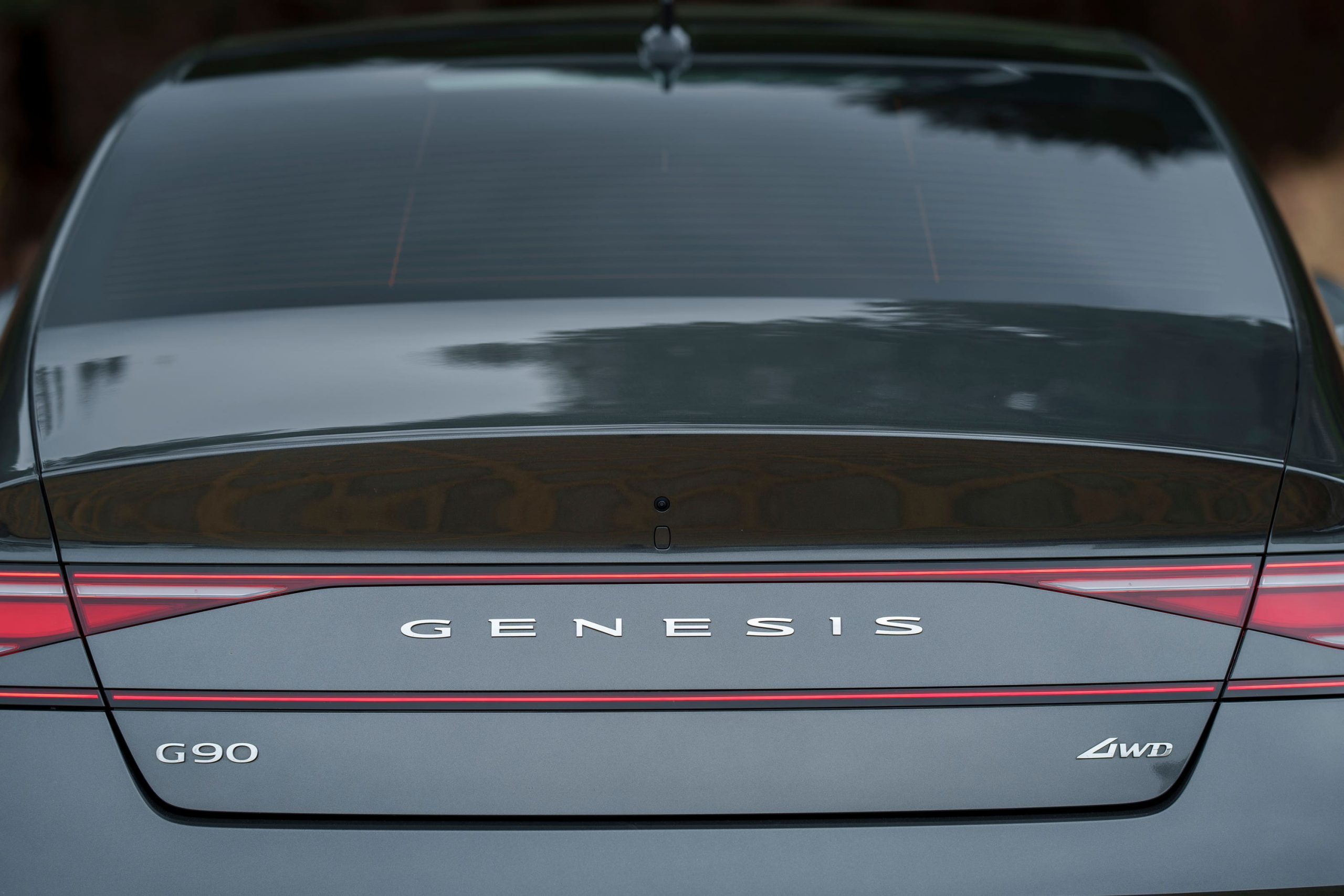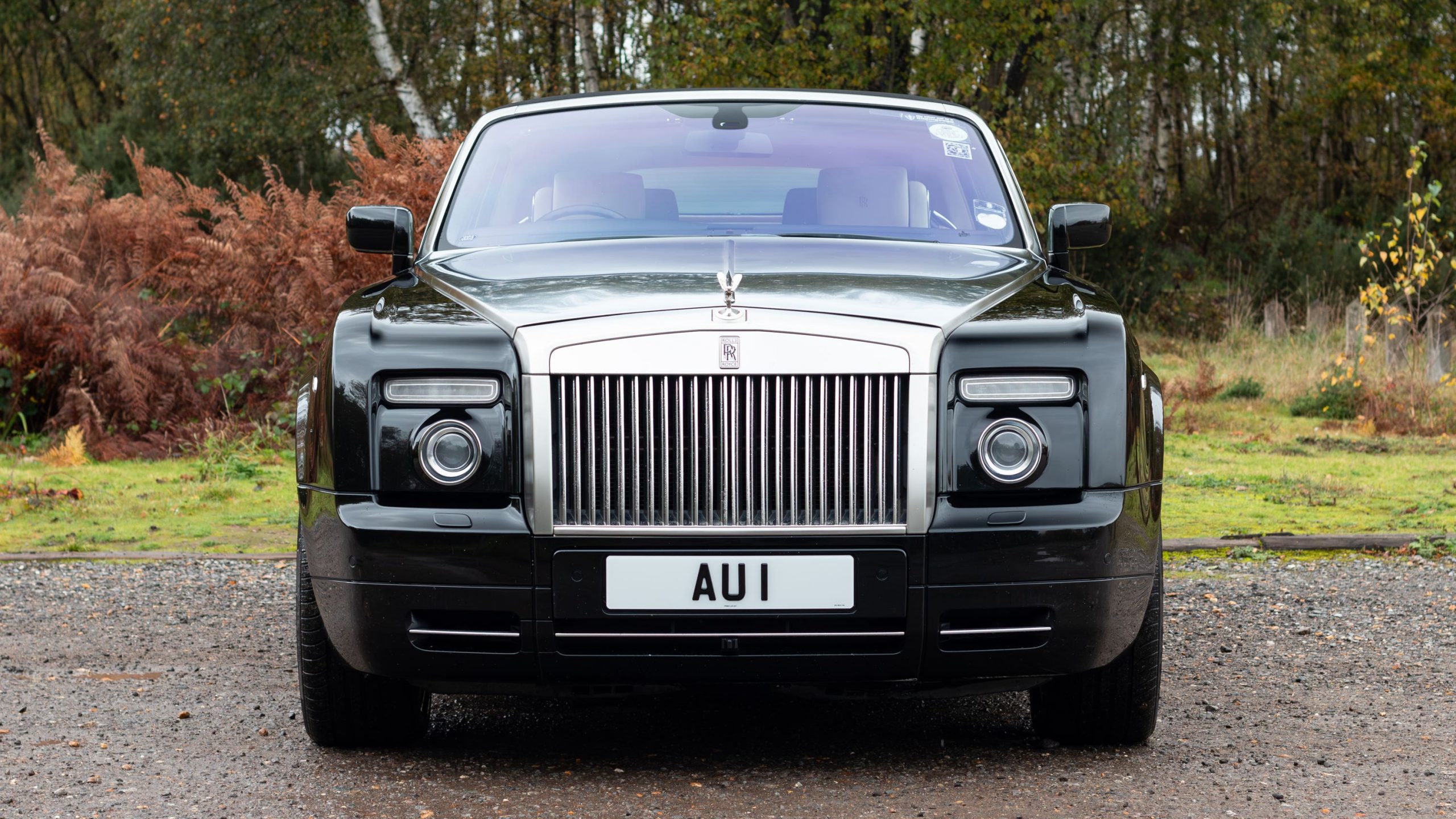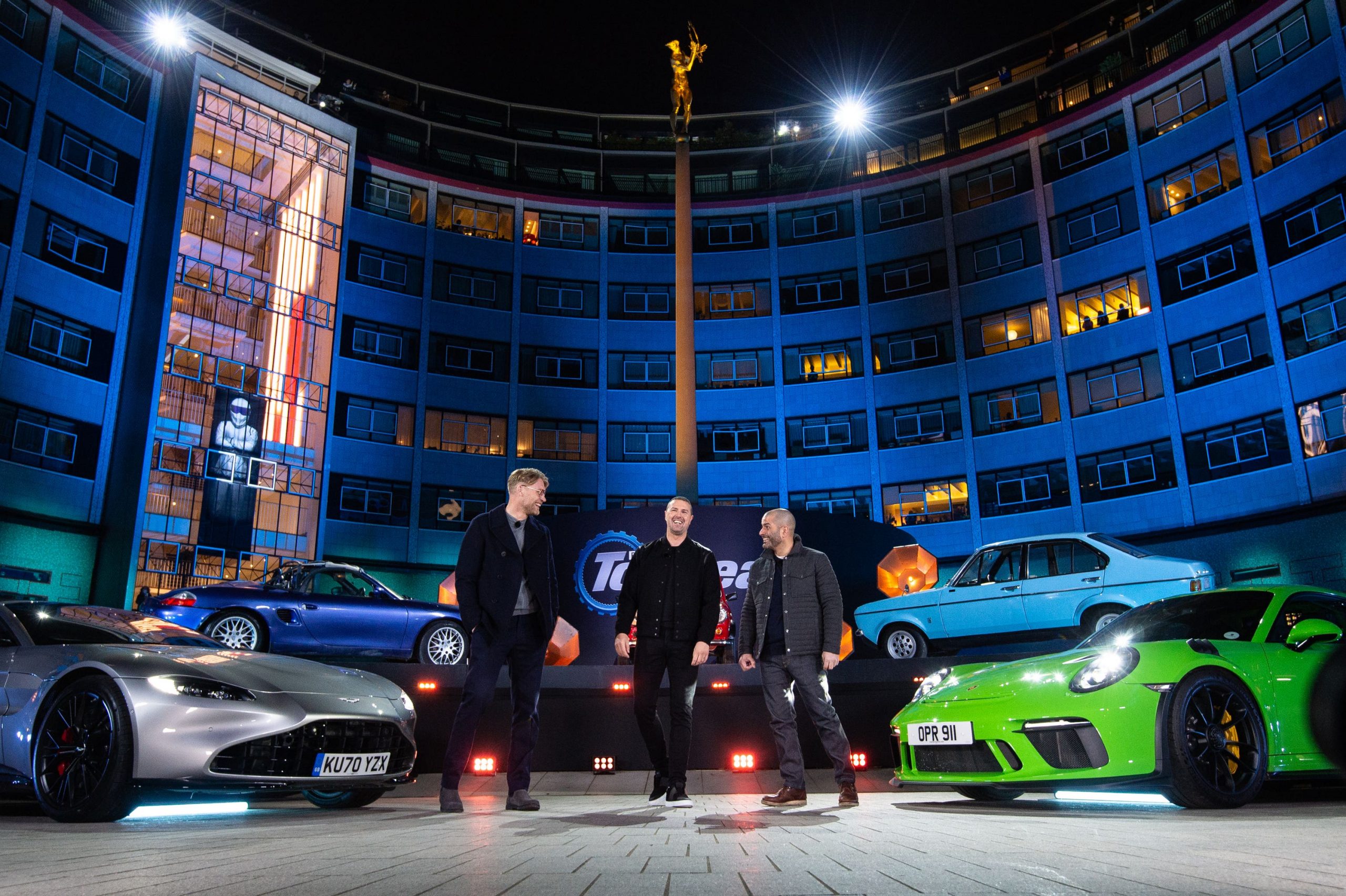What is it?
As you might know, the tiny ‘Smart car’ that many people loved is no more, with modern-day Smart, as we’ll call it, re-launching in the UK earlier this year with the #1 – a more generic electric crossover.
Designed by Mercedes and engineered by the Chinese car firm Geely, which owns Volvo among many others, for all the preconceptions the #1 proved to be a rather impressive effort, with clever packaging one of its many strengths. Smart is now looking to expand with a second crossover – confusingly not called the #2, but rather the #3. Yes, you’re meant to pronounce the hashtag in its name too.
What’s new?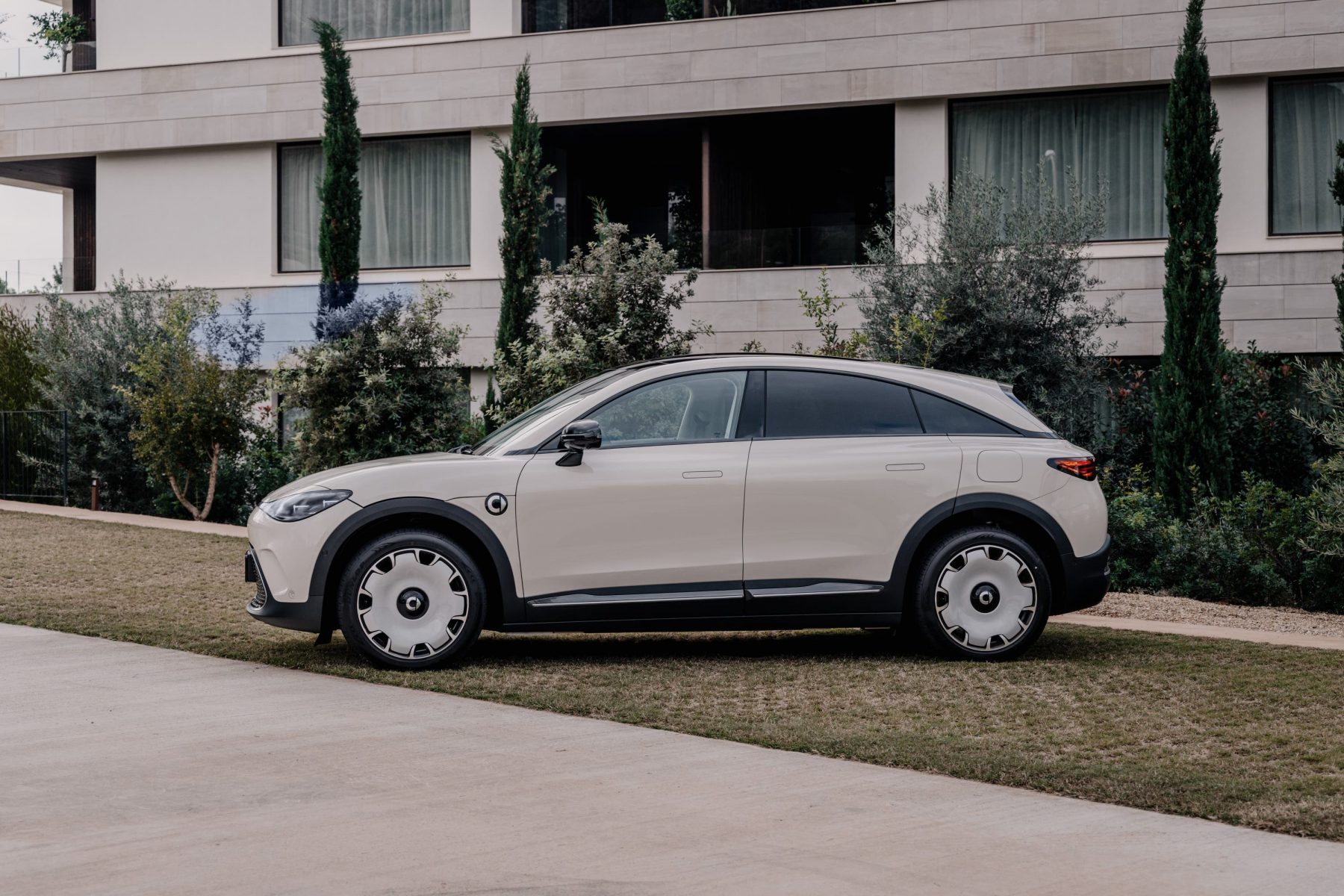
The #3 is based around the same underpinnings as the #1, but adopts the cooler coupe-like styling, rather than the other car’s boxier profile. It’s around 10cm longer, but also 8cm lower, giving it quite a different shape.
It’s more than just a #1 with a sloped roof too, with Smart saying it has engineered the #3 to be more engaging than the other car, though it carries over the same powertrains and level of technology.
What’s under the bonnet?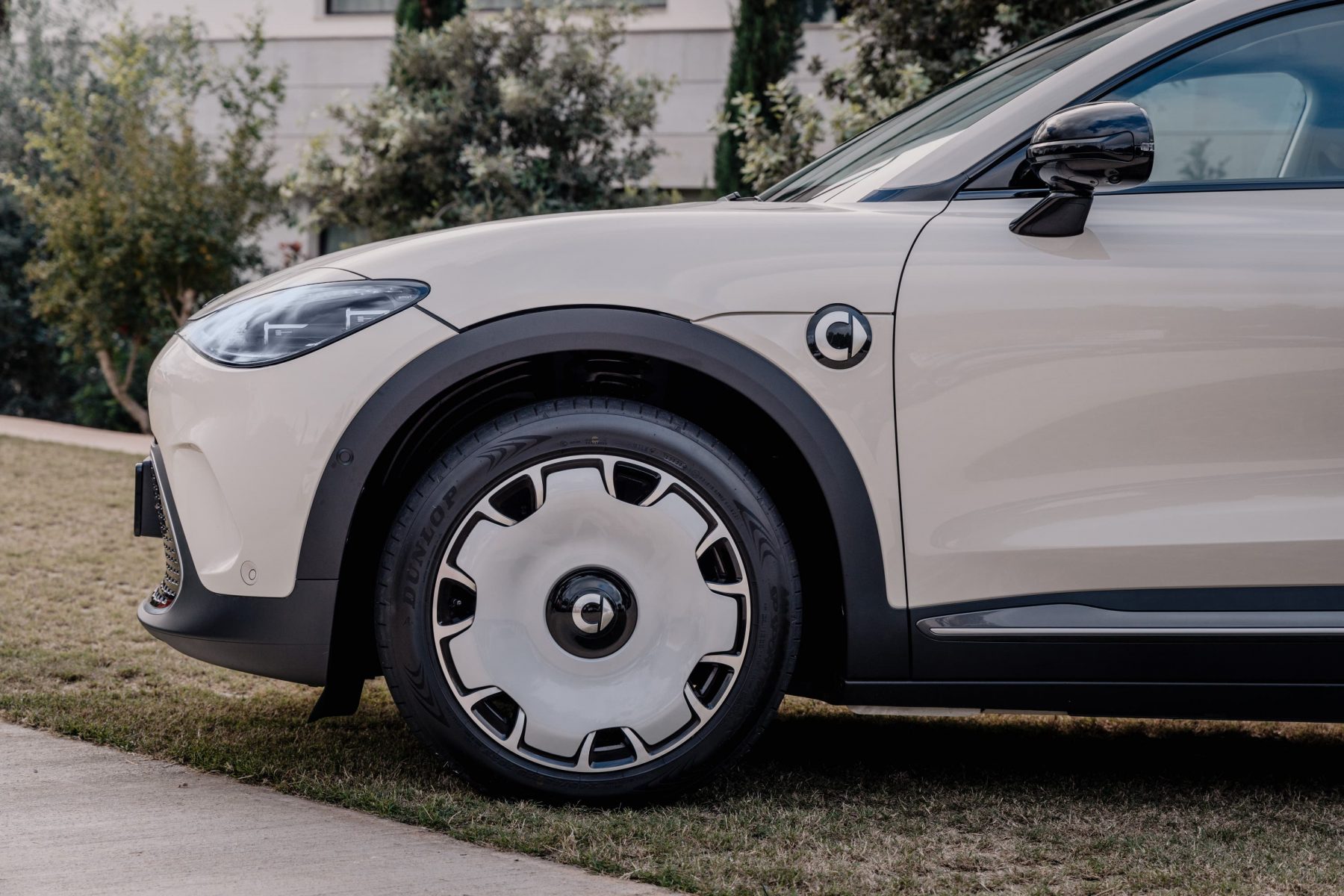
There are three different versions of this new SUV available, including an entry-level model that uses a cheaper 49kWh battery made of lithium-iron-phosphate that helps bring the car’s cost down but isn’t suitable for longer-range EVs.
But most cars sold will use a 66kWh battery that is paired to a rear electric motor producing 268bhp and 343Nm of torque. That allows for a 0-60mph time of 5.6 seconds, with the top speed capped to 112mph. Smart also sells an all-wheel-drive Brabus version, which gets a second electric motor that produces a hefty 422bhp, allowing for a 0-60mph time of just 3.5 seconds.
In terms of range, Smart claims up to 283 miles from the larger battery or a reduced 202 miles from the smaller battery.
What’s it like to drive?![]()
![]()
![]()
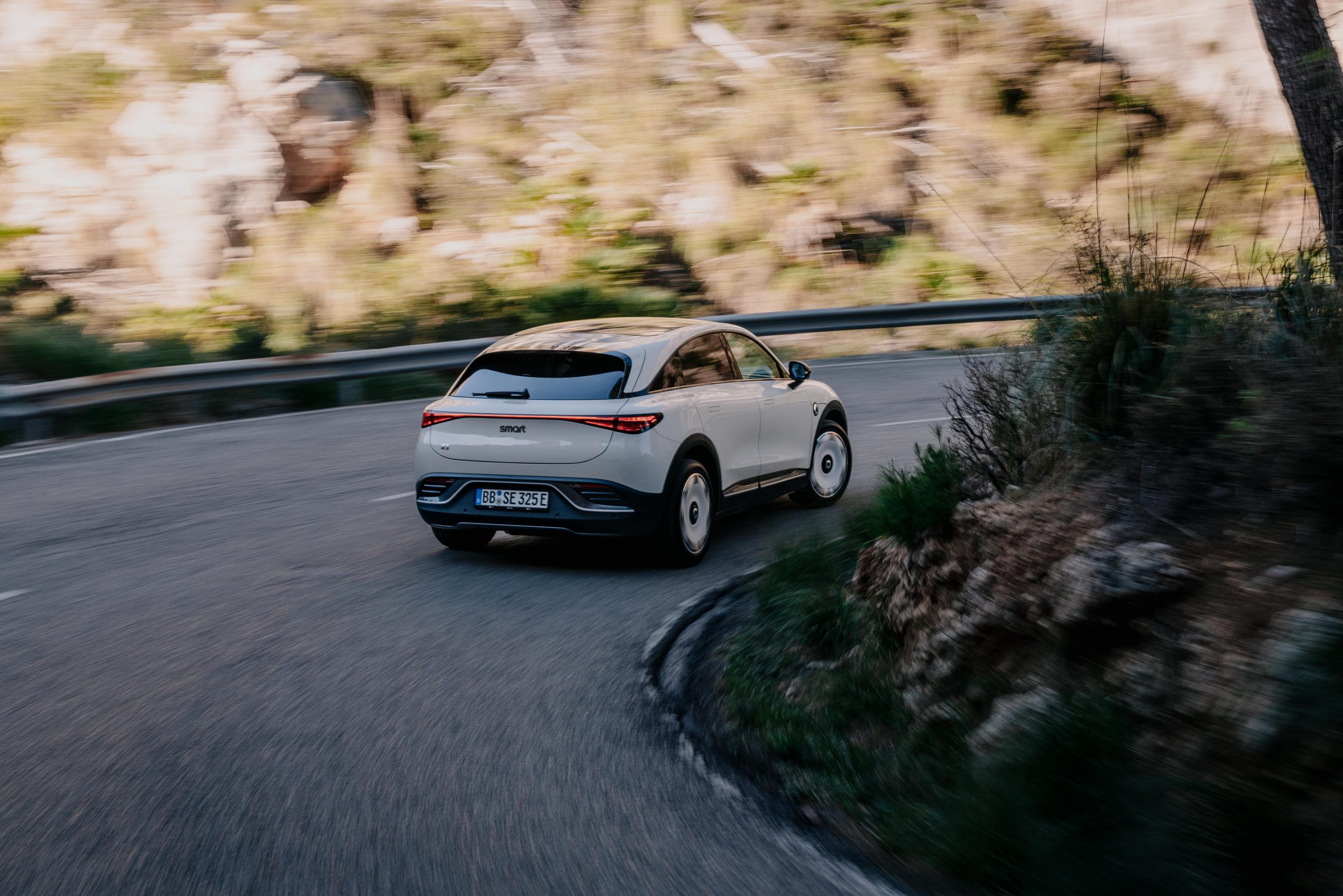
If you like an SUV to feel that bit sportier, the #3 gets off to a good start. Smart has lowered the seating position compared to its other model, with lots of adjustments and more supportive seats being welcome.
Refinement is a strong point, while even though the #3 has a different suspension setup, standard models remain comfortable even on larger 19-inch alloy wheels, which are now the default. On the twisty Mallorcan mountain roads, the #3 performed better than many other cars of this type, feeling reasonably nimble even on the tightest hairpins.
Even this ‘standard’ car offers more than enough power, too, plenty of zip for quick overtakes and accelerating away from the lights. It almost makes the Brabus version seem a bit pointless. Sure, the performance on offer from this sportier model is almost savage for a car of this type, once you’re past the speed element, it offers little more engagement than a standard car, but also a much firmer ride that could prove irritating on UK roads.
How does it look?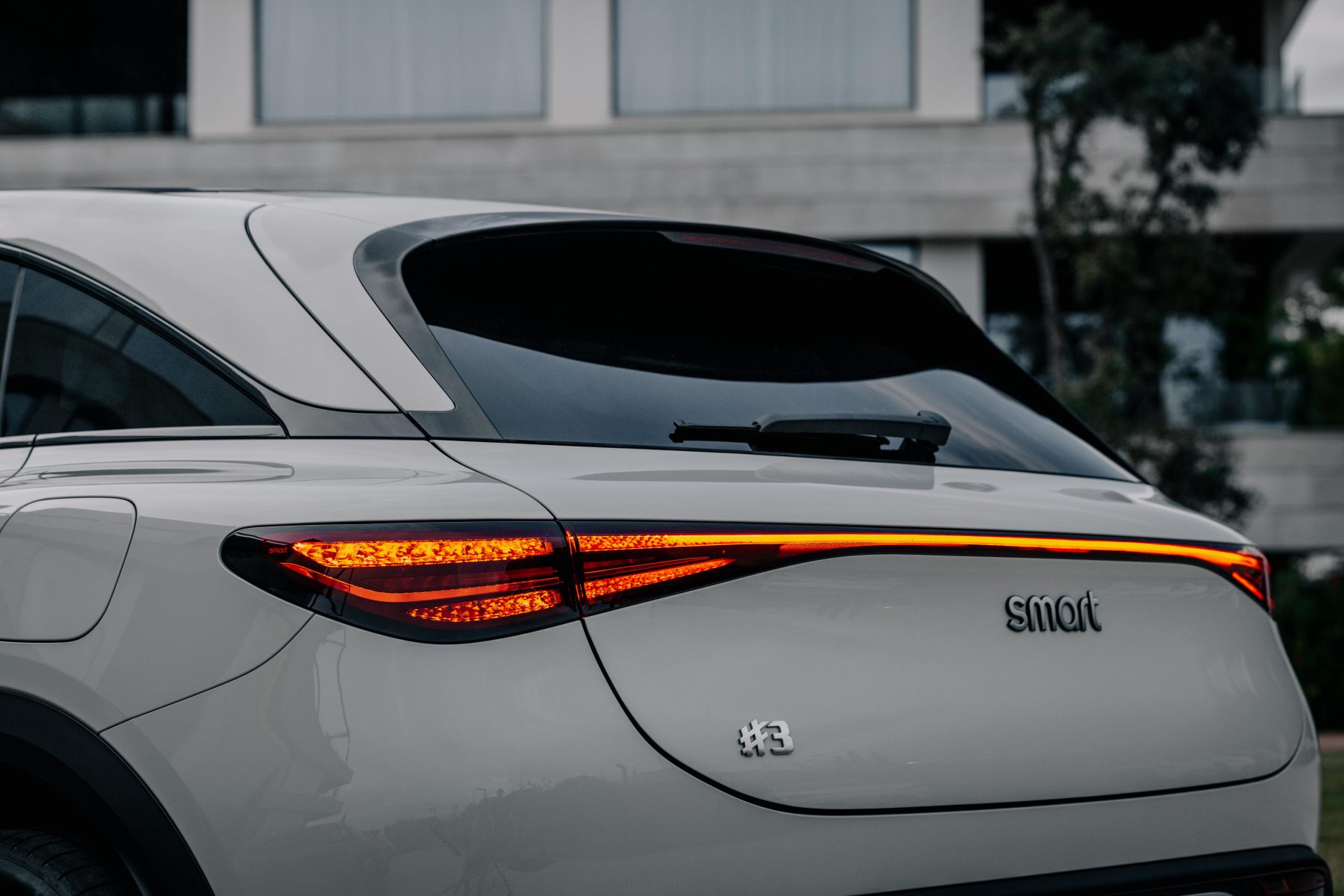
While it might not be to everyone’s taste, we’d argue the #3 is one of the best-looking coupe-SUVs on the market. Lowering and sloping the roof has made a world of difference in addressing the #1’s slightly awkward look, and has helped to give this new Smart a much more premium appearance. That’s not least being helped by the fact the rear looks a lot like a Mercedes, not surprising, given the car’s designers came up with the look. There are LED light bars at the front and rear – the former we’re not keen on – and pillarless doors and pop-out door handles are a cool touch too.
The Brabus model makes things that bit sportier with its large 20-inch alloy wheels and revised bumpers that make it look particularly purposeful. A bright Photon Orange colour is also available if you want all the attention.
What’s it like inside?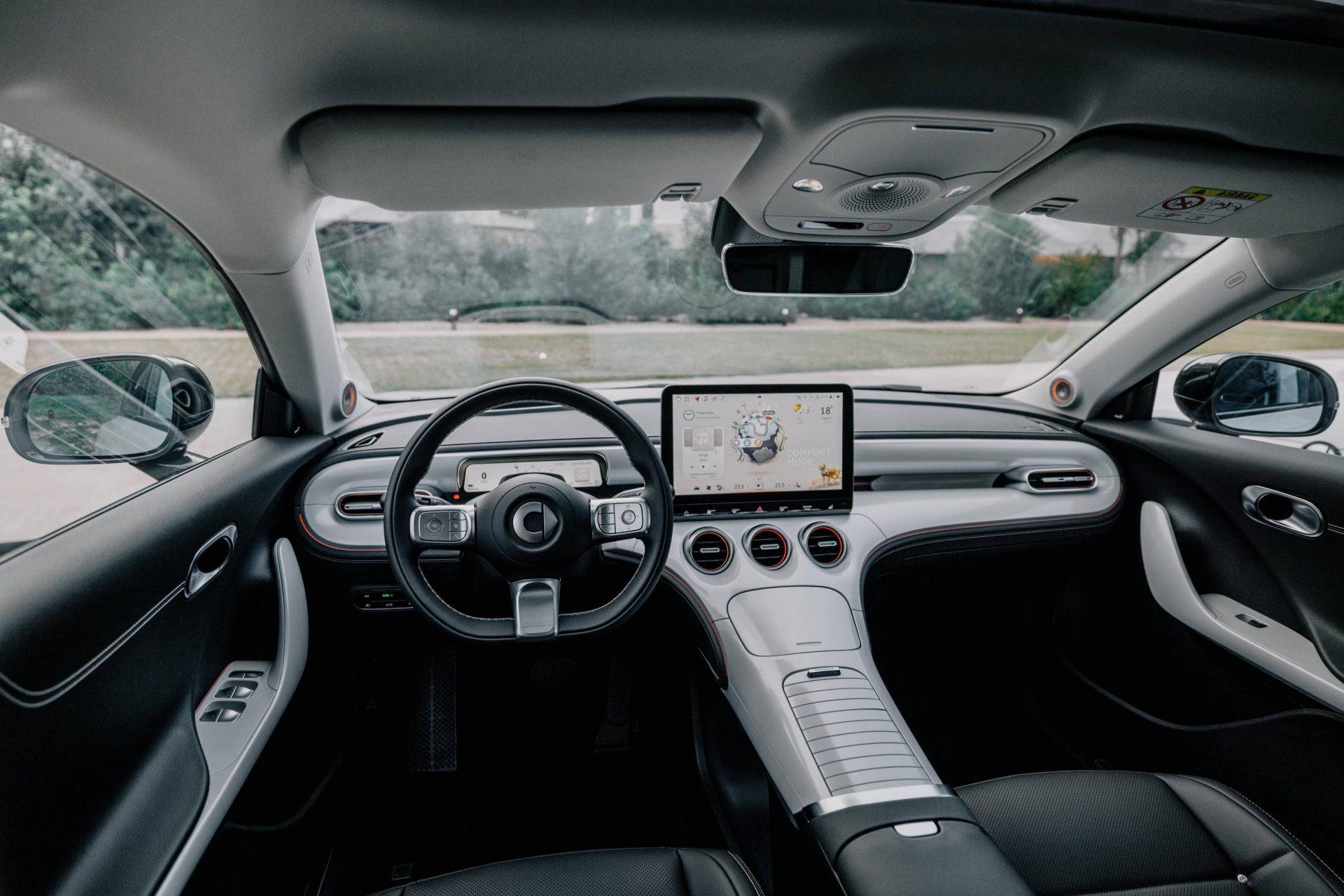
The Smart #3’s interior is dominated by a large touchscreen that handles, well, just about everything. Even features like the electrical mirror adjustment are operated through it, and though the screen works well and the shortcut menus are effective, just too many functions are controlled through it. There are lots of things to like about the cabin, though, not least the full-length glass roof and plush leather seats that came in a fantastic brown and grey colour on our test car.
But the most impressive thing about this Smart’s interior is just how much their space is. Usually buying a coupe-SUV brings a caveat of less roominess, but that’s just not the case with the #3. There’s loads of space in the rear seats, even in terms of headron. At 370 litres, the boot isn’t the largest, but neither is the more conventional #1’s either.
What’s the spec like?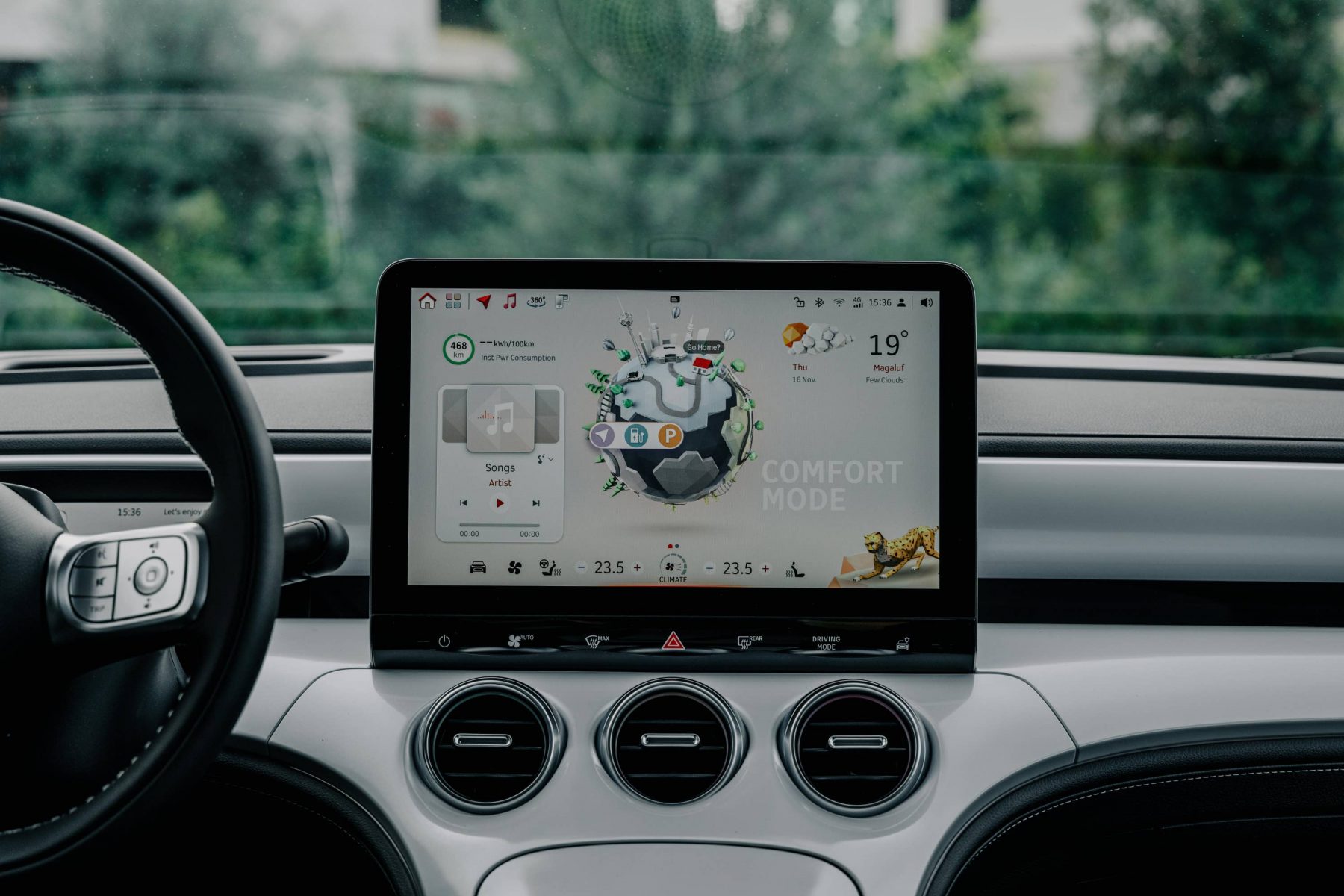
Regardless of which version you choose with the #3, the equipment offering is exceptional. Standard features include 19-inch alloy wheels, a 360-degree camera, heated front seats and an electric boot.
A Pro+ grade brings extended driver assists (though some of these are more of a curse than a blessing as they’re overly-intrusive on many occasions), electric front seats and wireless smartphone charging, while the Premium trim brings a 13-speaker Beats sound system, heat pump (this adds a claimed 13 miles of range), a head-up display and duo leather seats.
Smart hasn’t confirmed pricing just yet but has said that the #3 will likely cost around £1,500 more than the already-competitive #1. With the introduction of cheaper trims, we expect this means the range will start from around £35,000, while the larger-battery Premium model will likely come in just above £40,000.
Verdict
Smart’s reincarnation got off to a pretty good start with the #1, but this new #3 feels like the best effort yet. It feels more fine-tuned, is better to drive and – to our eyes at least – far better to look at.
The fact Smart’s managed to create a coupe-SUV with such minimal impact on roominess is impressive. If it sticks to its pricing promises and the #3 only costs a little more than the #1, it could be very competitive indeed.
Facts at a glance
- Model: Smart #3
- Base price: £35,000 (estimate)
- Model as tested: Smart #3 Premium
- Price: £40,500 (estimate)
- Powertrain: Rear electric motor with 66kWh battery
- Power: 268bhp
- Torque: 343Nm
- Max speed: 112mph
- 0-62mph: 5.6 seconds
- Range: 283 miles (WLTP)


